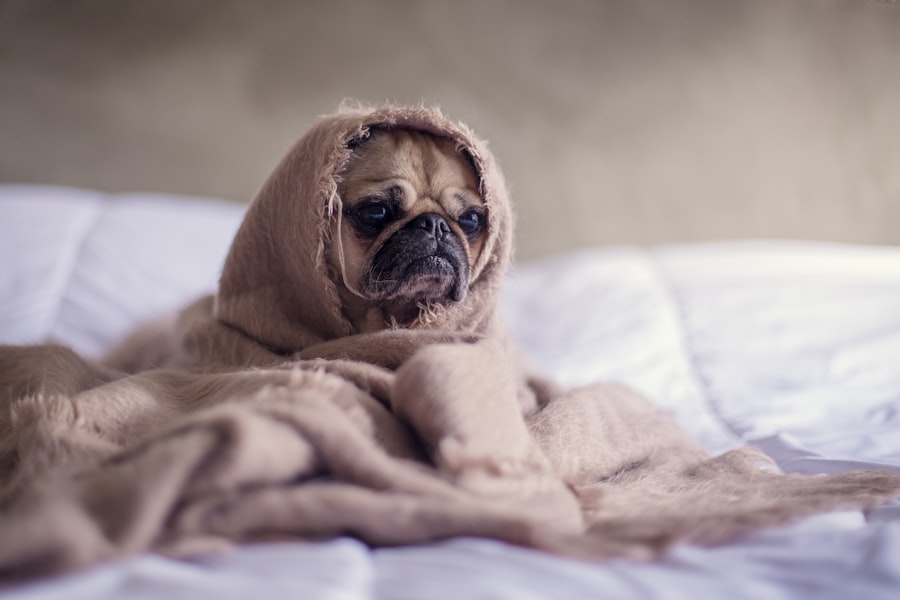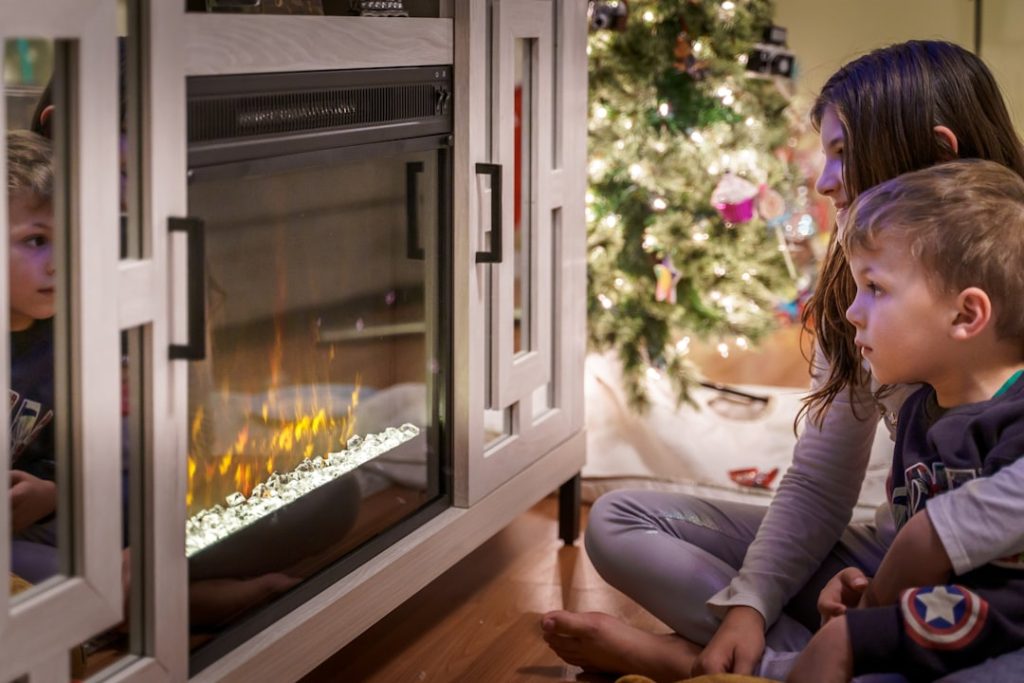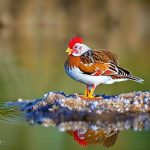Heat lamps for chickens primarily provide warmth to young chicks in their first weeks of life. Chicks cannot effectively regulate their body temperature and require an external heat source. The lamp simulates the warmth of a mother hen, maintaining the chicks’ comfort and health.
This warmth prevents hypothermia and ensures proper growth and development. A heat lamp also creates a stable, comfortable environment for chicks, reducing stress and promoting overall well-being. The warmth encourages chicks to eat and drink, which is crucial for their growth and development.
Proper nutrition is essential for chicks to thrive. In summary, heat lamps for chickens serve multiple purposes: providing essential warmth, creating a comfortable environment, and promoting healthy growth and development in young chicks.
Table of Contents
- 1 Determining the right age to use a heat lamp for chicks
- 2 Monitoring the temperature and adjusting the heat lamp accordingly
- 3 Gradually reducing the use of a heat lamp as the chickens grow
- 4 Considering environmental factors when deciding how long to keep a heat lamp on chickens
- 5 Potential risks and precautions associated with using a heat lamp for chickens
- 6 Seeking professional advice for specific circumstances or concerns regarding heat lamp usage for chickens
- 7 FAQs
Key Takeaways
- A heat lamp for chickens is used to provide warmth and mimic the natural environment for young chicks, helping them to stay healthy and grow properly.
- Chicks should be kept under a heat lamp from the time they are hatched until they are around 6 weeks old, or until they are fully feathered and can regulate their own body temperature.
- It is important to monitor the temperature under the heat lamp and adjust the height or wattage of the bulb as needed to maintain a consistent temperature of around 95°F for the first week, decreasing by 5°F each week thereafter.
- As the chickens grow and develop feathers, the use of the heat lamp should be gradually reduced to help them acclimate to the natural temperature and environment.
- Environmental factors such as the ambient temperature, humidity, and draftiness of the coop should be considered when deciding how long to keep a heat lamp on the chickens, as these can affect their ability to regulate their own body temperature.
- Potential risks of using a heat lamp for chickens include fire hazards, burns, and stress on the chicks. Precautions such as using a secure fixture, keeping the lamp clean and dry, and providing enough space for the chicks to move away from the heat should be taken.
- For specific circumstances or concerns regarding the usage of a heat lamp for chickens, it is advisable to seek professional advice from a veterinarian or experienced poultry farmer.
Determining the right age to use a heat lamp for chicks
Duration of Heat Lamp Use
Typically, chicks will need a heat lamp for the first four to six weeks of their lives, depending on the ambient temperature and the breed of the chicks.
Monitoring Chicks’ Behavior
It is important to observe the behavior of the chicks to determine if they still need the heat lamp. If they huddle together under the lamp, they are likely still in need of warmth. It is also important to consider the ambient temperature in the brooder area.
Gradually Reducing Heat Lamp Use
If the temperature is consistently warm enough for the chicks to be comfortable without the heat lamp, it may be time to gradually reduce its use. However, it is crucial to monitor the temperature closely and ensure that the chicks are not at risk of becoming chilled. Ultimately, the right age to use a heat lamp for chicks depends on their behavior and the ambient temperature, and it is important to make adjustments accordingly to ensure their well-being.
Monitoring the temperature and adjusting the heat lamp accordingly

Monitoring the temperature in the brooder area is essential when using a heat lamp for chickens. It is important to use a thermometer to regularly check the temperature and ensure that it remains within the appropriate range for the chicks’ age. For newly hatched chicks, the temperature under the heat lamp should be around 95 degrees Fahrenheit.
As the chicks grow and develop feathers, the temperature can be gradually reduced by 5 degrees each week until they are fully feathered and able to regulate their own body temperature. It is crucial to position the heat lamp in such a way that it provides a warm area for the chicks to gather under, as well as cooler areas where they can retreat if they become too warm. This allows the chicks to self-regulate their body temperature and prevents overheating.
Additionally, it is important to regularly clean the heat lamp and ensure that it is functioning properly to maintain a safe and comfortable environment for the chicks. By monitoring the temperature closely and adjusting the heat lamp accordingly, you can ensure that the chicks remain healthy and comfortable as they grow.
Gradually reducing the use of a heat lamp as the chickens grow
As chickens grow and develop feathers, they become increasingly capable of regulating their own body temperature. This means that they will gradually require less assistance from a heat lamp. It is important to observe their behavior and monitor the ambient temperature in the brooder area to determine when it is appropriate to reduce the use of the heat lamp.
As mentioned earlier, the temperature under the heat lamp can be reduced by 5 degrees each week as the chicks grow and develop feathers. It is important to provide alternative sources of warmth, such as heating pads or infrared bulbs, as you gradually reduce the use of the heat lamp. This allows the chicks to continue to stay warm if needed while also encouraging them to acclimate to lower temperatures.
Additionally, providing plenty of bedding in the brooder area can help to retain warmth and provide insulation for the growing chicks. By gradually reducing the use of a heat lamp as the chickens grow, you can help them transition to regulating their own body temperature effectively.
Considering environmental factors when deciding how long to keep a heat lamp on chickens
When deciding how long to keep a heat lamp on chickens, it is important to consider environmental factors that may affect their comfort and well-being. Ambient temperature plays a crucial role in determining whether chicks still need a heat lamp. If the ambient temperature is consistently warm enough for the chicks to be comfortable without a heat lamp, it may be time to gradually reduce its use or remove it altogether.
Additionally, factors such as humidity and drafts in the brooder area can also impact the chicks’ need for a heat lamp. High humidity can make it harder for chicks to regulate their body temperature effectively, while drafts can cause them to become chilled. It is important to address these environmental factors and ensure that the brooder area provides a comfortable and stable environment for the growing chicks.
By considering these environmental factors, you can make informed decisions about how long to keep a heat lamp on chickens and ensure their well-being.
Potential risks and precautions associated with using a heat lamp for chickens

Fire Hazard: A Primary Concern
When using a heat lamp to provide warmth for young chicks, it’s essential to consider the potential risks involved. One of the primary risks is fire hazard, as heat lamps can pose a significant risk of causing fires if not used properly. To mitigate this risk, it’s crucial to securely hang the heat lamp and ensure that it’s positioned away from flammable materials such as bedding or feed.
Overheating: A Silent Killer
Another risk associated with heat lamps is overheating, which can occur if the temperature under the lamp is too high or if there aren’t enough cooler areas for the chicks to retreat to. Overheating can lead to dehydration and even death in extreme cases. It’s important to monitor the temperature closely and provide alternative sources of warmth as needed to prevent overheating.
Injury Risk: Keeping Chicks Safe
Furthermore, there’s also a risk of injury if chicks come into direct contact with the heat lamp or its electrical components. It’s important to position the heat lamp securely and out of reach of curious chicks to prevent accidents.
By taking these potential risks into consideration and implementing necessary precautions, such as using proper fixtures and monitoring temperature closely, you can minimize potential hazards associated with using a heat lamp for chickens.
Seeking professional advice for specific circumstances or concerns regarding heat lamp usage for chickens
In some cases, specific circumstances or concerns regarding heat lamp usage for chickens may require professional advice or guidance. If you are unsure about how to properly use a heat lamp for your chicks or if you have concerns about their well-being, it is important to seek advice from experienced poultry professionals or veterinarians. They can provide valuable insights and recommendations based on their expertise and experience with raising chickens.
Additionally, if you encounter any issues or challenges related to using a heat lamp for chickens, such as maintaining consistent temperature or addressing behavioral changes in the chicks, seeking professional advice can help you address these concerns effectively. Professional guidance can also be particularly valuable if you are raising rare or exotic breeds of chickens with specific requirements for warmth and care. Ultimately, seeking professional advice for specific circumstances or concerns regarding heat lamp usage for chickens can provide you with valuable support and guidance in ensuring the health and well-being of your flock.
By consulting with experienced professionals, you can gain valuable knowledge and insights that will help you raise healthy and thriving chickens.
If you’re considering building a farmhouse chicken coop for your flock, you may also be interested in learning about the best practices for keeping chickens warm during the colder months. Poultry Wizard offers a helpful article on how long to keep a heat lamp on chickens to ensure they stay comfortable and healthy in their coop. Check it out here.
FAQs
What is a heat lamp and why do chickens need it?
A heat lamp is a source of artificial heat used to keep chickens warm, especially during colder months or for young chicks. Chickens need a heat lamp to maintain their body temperature and prevent them from getting too cold.
How long should a heat lamp be kept on for chickens?
For newly hatched chicks, a heat lamp should be kept on 24 hours a day for the first week. After that, the heat can be gradually reduced by 5 degrees each week until the chicks are fully feathered and can regulate their own body temperature.
What temperature should the heat lamp be set at for chickens?
For newly hatched chicks, the temperature under the heat lamp should be around 95 degrees Fahrenheit. This temperature can be gradually reduced each week as the chicks grow and develop feathers.
Are there any risks associated with using a heat lamp for chickens?
Yes, there are risks associated with using a heat lamp for chickens, including the potential for fire if the lamp is not properly secured or if flammable materials are too close to the heat source. It’s important to use a heat lamp specifically designed for poultry and to follow safety guidelines when using it.
Meet Walter, the feathered-friend fanatic of Florida! Nestled in the sunshine state, Walter struts through life with his feathered companions, clucking his way to happiness. With a coop that’s fancier than a five-star hotel, he’s the Don Juan of the chicken world. When he’s not teaching his hens to do the cha-cha, you’ll find him in a heated debate with his prized rooster, Sir Clucks-a-Lot. Walter’s poultry passion is no yolk; he’s the sunny-side-up guy you never knew you needed in your flock of friends!







